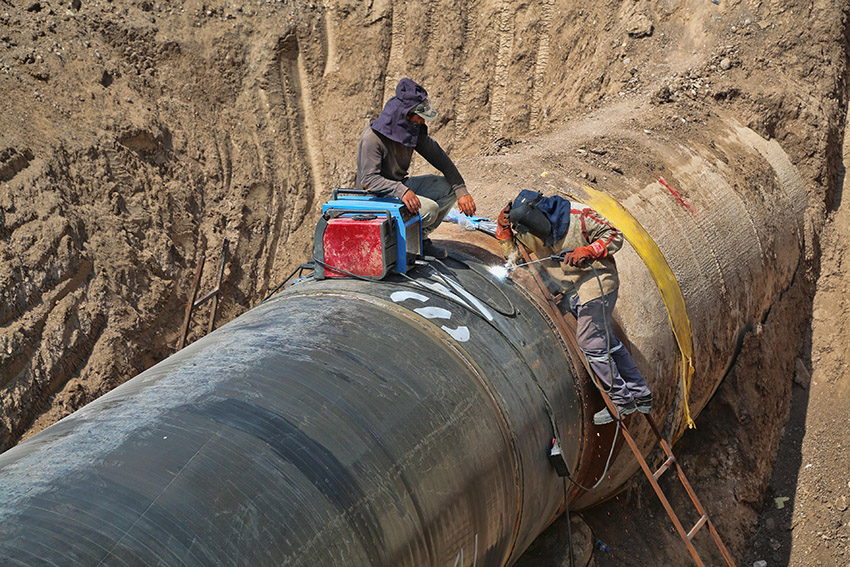Line 3, the infamous pipeline from Enbridge that runs from Edmonton to upper Wisconsin, has reached full completion of its replacement. The company announced this Wednesday that it would be fully operational by October 1.
Firstly, Line 3 was a much-debated development; for years, environmental groups and state officials opposed the replacement of the 1,765 kilometers segment. The main argument was that the pipeline would harm wetlands and sacred territories for the native Americans.
However, back in June, the Minnesota Public Utilities Commission granted the company the needed approvals to start construction. Today, the company has completed all the necessary developments. Indeed, it is a milestone not only for Enbridge but for the whole midstream sector, as it has struggled hard with pipeline permitting.
Moreover, the pipeline replacement was urgent, as the pipeline was aging rapidly and presented risks of leaking. Consequently, the replacement has state-of-the-art technology. The pipeline has a thicker wall, and its completion ensures a safe, reliable supply of North American crude oil to U.S. refineries.
In addition, the new 542 kilometers segment of the pipeline in Minnesota, which follows other segments replaced in Canada, North Dakota and Wisconsin, restores the total pipeline capacity of 760,000 barrels per day. It will serve the energy needs of refiners in the Midwest. As new and harder scrutiny over pipelines has become the new normal for developers, the Minnesota Line 3 replacement was the most studied pipeline project in state history.
Also recommended for you: Arevon secures massive battery storage capacity from Tesla. Click here to read.
Line 3 with deep engagement to Native Americans and Indigenous communities
In fact, it gathered data and insights from 71 public comment regulatory meetings and over 3,500 community engagement meetings. It also had an exhaustive scientific review, as well as legal and regulatory scrutiny. The result was that federal, state, and local agencies; as well as Native American tribes, supported the project.
Furthermore, more than 1,500 Indigenous people worked on replacing Line 3 in the U.S. and Canada. Specifically in Minnesota, Native Americans made up seven percent of the Line 3 workforce. In total, the company invested around $750 million Canadian dollars with indigenous communities.
On the other hand, Al Monaco, Enbridge President, and Chief Executive Officer, said. “After more than eight years of many people working together, extensive community engagement, and thorough environmental, regulatory and legal review, we are pleased that Line 3 is complete and will soon deliver the low cost and reliable energy that people depend on every day.”
Finally, he remarked. “Line 3 was developed and executed with the most state-of-the-art approach to design, construction, and environmental management. From day one, this project has been about modernizing our system and improving safety and reliability for the benefit of communities, the environment, and our customers.”


